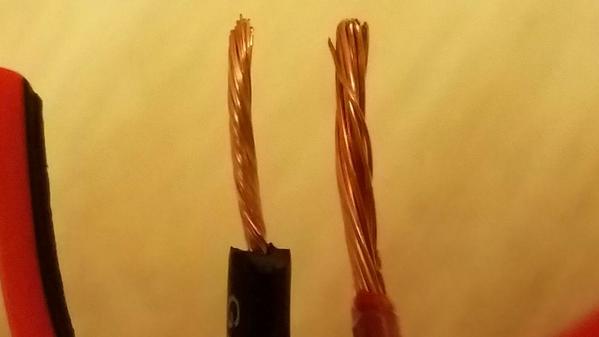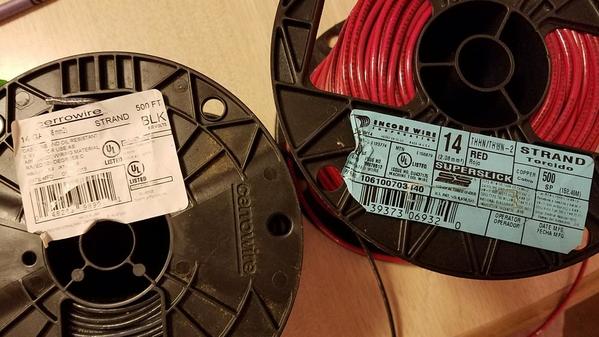Some replies... sorry to be a bit late getting back, it's been a hard week.
@Overland Flyer-- Gary, thanks for the area data. I don't know about #11, but curiously #9 is used in a lot of control systems which run some distance outside. Usually buried, in a variety of cabled configurations, or singly in conduit... I never learned exactly why #9, but just followed what I had observed. Actually, you can get anything you want, almost, if you buy enough of it. I needed a #9 but with a low-cap insulation, which was a special order... I've forgotten if the minimum was 7000 feet or 11,000, but I needed 17,000 feet.
@PLCProf-- Basically, harmonics are dealt with mathematically by decomposing the unusual wave form into its Fourier series, he being a French math expert. It is a series of sine and cosine waves, and it has been proven that any waveform can be so represented. Actually doing that is another matter, and having been required to do some of the simpler cases in the days before computers and canned programs, I can say there is little point in learning how these days. But square waves generally as a practical matter have their corners rounded by the odd harmonics-- 3rd, 5th, 7th and so on, of increasing frequencies and decreasing amplitude. So the 3rd is most important, and the total added loss is pegged at being enough to cancel the advantage of reduced neutral size in multi-phase circuits feeding fluorescent lights. Typically such things are determined by using two watt-meters, at each end of the circuit conductors, which measure energy and thus heat. Thus, I suppose, form factors as an expression of the added heating effect. This, despite the effect on all (including model train) motors being one of voltage reduction, which is quite serious.
So, in my example case, I measured voltage drop, at the time, and inferred a form factor around 1/3 added, from that. Much later, I found on the internet an example of a pulse width modified device which produced a reduced effective voltage, using a process similar to the Z4000. Possibly this was a dimmer design; it was about 1992 with a form factor stated to be about 1.35 (35 percent). This was similar to my voltage drop problem. A first problem with such a system is that the fundamental of the output is not 60 cycles, but n x 60, n being the number of square-edged comb teeth in a cycle. This is thus the common 400-cycle system problem on steroids.
! wanted to add a bit about the DCS signal and twisted wiring, and how the form factor problem was dealt with in the passing years, but it is again late. Later. --Frank









